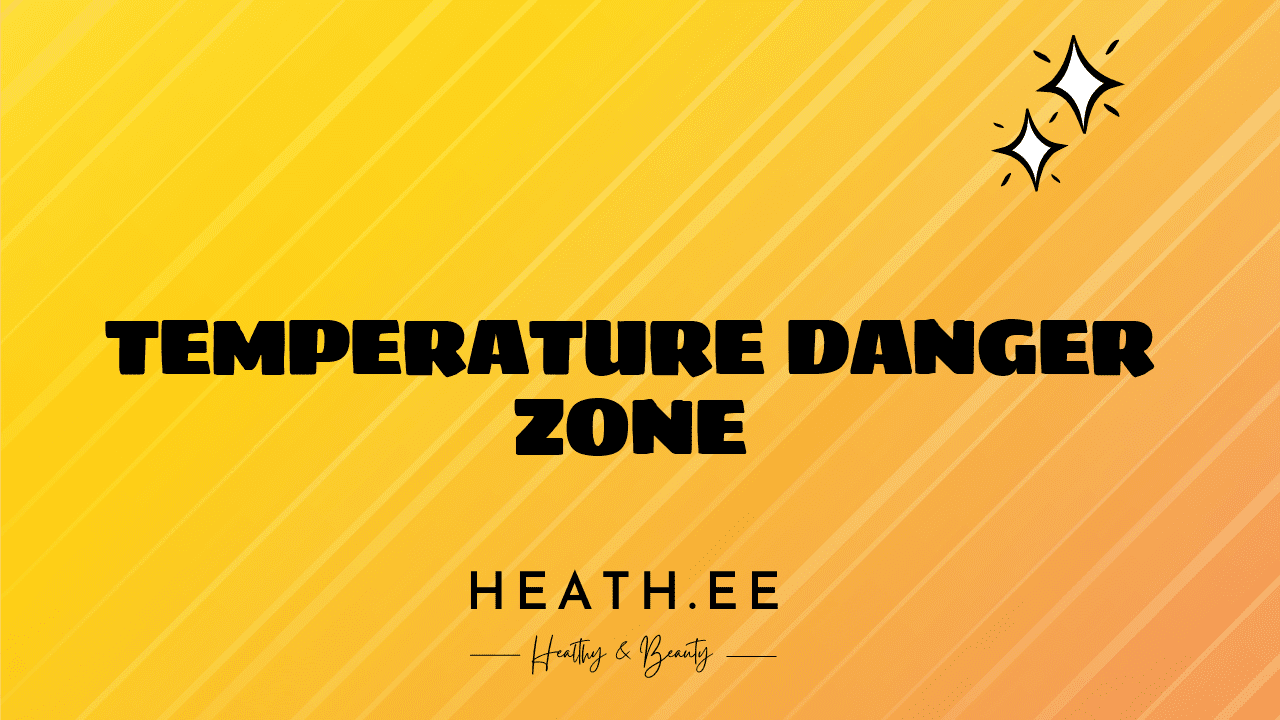Food safety is an important topic that affects everyone. It is important to understand the temperature danger zone for food, which is the range of temperatures between 40°F and 140°F. This is the range of temperatures in which bacteria can grow quickly on food. Understanding the temperature danger zone and how to keep food out of it is essential for keeping food safe and preventing food-borne illnesses.
What is the Temperature Danger Zone?
The temperature danger zone is the range of temperatures between 40°F and 140°F in which bacteria can grow quickly on food. This is the temperature range in which food should not be stored for more than two hours. If food is left in the temperature danger zone for more than two hours, it can become unsafe to eat.
It is important to understand the temperature danger zone for food because food-borne illnesses can occur if food is not stored properly. Bacteria can grow quickly on food that is left in the temperature danger zone for more than two hours, and consuming this food can make people sick.

How to Keep Food Out of the Temperature Danger Zone
In order to keep food out of the temperature danger zone, it is important to understand the basics of food storage. Food should be refrigerated at 40°F or below and frozen at 0°F or below. Food should also be cooked to the proper internal temperature as indicated by a food thermometer.
It is also important to keep hot food hot and cold food cold. Hot food should be kept at 140°F or above and cold food should be kept at 40°F or below. It is also important to store food in shallow containers so that it cools quickly.
What are the Dangers of Food in the Temperature Danger Zone?
The dangers of food in the temperature danger zone are that bacteria can grow quickly on food that is left in this temperature range for more than two hours. This can cause food-borne illnesses, which can be dangerous and even deadly.
Food-borne illnesses can cause symptoms such as nausea, vomiting, diarrhea, and abdominal pain. In some cases, food-borne illnesses can cause more serious complications such as dehydration and organ failure.

How to Monitor Food Temperature
In order to keep food out of the temperature danger zone, it is important to monitor food temperature. This can be done with a food thermometer. A food thermometer is a device that is used to measure the internal temperature of food.
It is important to use a food thermometer to check the internal temperature of food before it is served. This will help ensure that the food is cooked to the proper temperature and is safe to eat.
How to Store Food Properly
In order to keep food out of the temperature danger zone, it is important to store food properly. Food should be stored at the proper temperature and in shallow containers so that it cools quickly.
It is also important to store food in the refrigerator or freezer as soon as possible. This will help prevent bacteria from growing on the food.
What to Do if Food is Left in the Temperature Danger Zone
If food is left in the temperature danger zone for more than two hours, it is important to throw it away. This is because bacteria can grow quickly on food that is left in the temperature danger zone for more than two hours.
Consuming food that has been left in the temperature danger zone for more than two hours can make people sick. Therefore, it is important to throw away any food that has been left in the temperature danger zone for more than two hours.
What to Do if Food is Left Out Overnight
If food is left out overnight, it is important to throw it away. This is because bacteria can grow quickly on food that is left out overnight.
Consuming food that has been left out overnight can make people sick. Therefore, it is important to throw away any food that has been left out overnight.
Summary
The temperature danger zone for food is the range of temperatures between 40°F and 140°F in which bacteria can grow quickly on food. It is important to keep food out of this temperature range by storing it properly and monitoring food temperature with a food thermometer. If food is left in the temperature danger zone for more than two hours or left out overnight, it should be thrown away. Understanding the temperature danger zone and how to keep food out of it is essential for keeping food safe and preventing food-borne illnesses.



